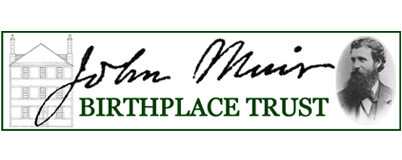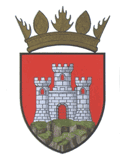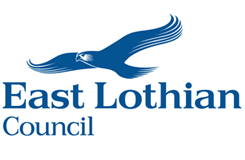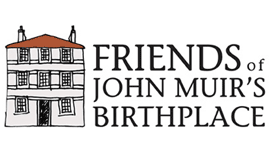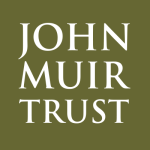Part 5– Inheritance and ‘The New-Built House’
An End and a New Owner
At the start of the last blog, we had reached a point where the big house was a very busy place. It was occupied by Mary Melvil Fall Delisle, and the four children of her stepson Philip Delisle II. Mary had two (unnamed, unfortunately) servants living in the house to help. But we skipped past some details to explore the fate of these children. We need to jump back a few years.
The earlier event of note was the death of Janet Fall Barton in Ireland in 1768. As she was childless, her will stipulated that her property in Dunbar went to her mother Mary Melvil Fall Delisle, and the will was proved by 1775. So, the house that she had lived in all these years was now Mary’s own. Perhaps it was the death of her own stepson Philip Delisle II and her own advancing years, that prompted Mary to prepare her own will. It was witnessed and registered during 1789. Three years later, on 10 October 1792, she died, bringing to an end the Fall phase of the house’s story. She had, however, taken steps some years before her death to ensure a reliable income in her last years.
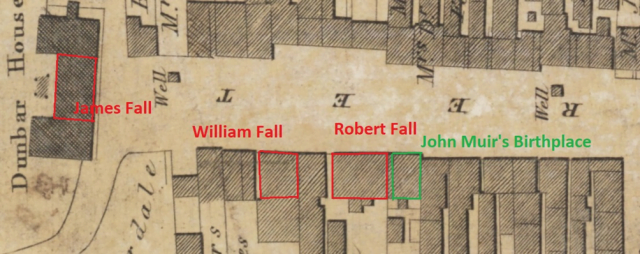
Building the Birthplace
In Janet’s will (1768; and also at the time of its proving in 1775) there is no mention of the building later possessed by Daniel Muir, the house where John Muir was born. But in Mary’s will a ‘new-built house in the south end’ (of the big house) appears. By the 1780s Mary no longer needed to keep a carriage. The redundant entranceway was just big enough for a small tenement building. Its purpose was to provide Mary with a steady income from the rent so it would appear that this was done between 1775 and 1789, probably much nearer the latter date. Ann Delisle Wightman inherited both properties on Mary’s death in 1792. At this early date, it is extremely difficult to tell who actually lived where. Not until 1855 is there an annual register that provides that fine detail. But sometimes there’s a glimmer. When Ann proved Mary’s will in 1792 the ‘new-built house’ was possessed (tenanted) by ‘Joseph Hogg and others’. Therefore Joseph is the first known occupant of John Muir’s Birthplace.
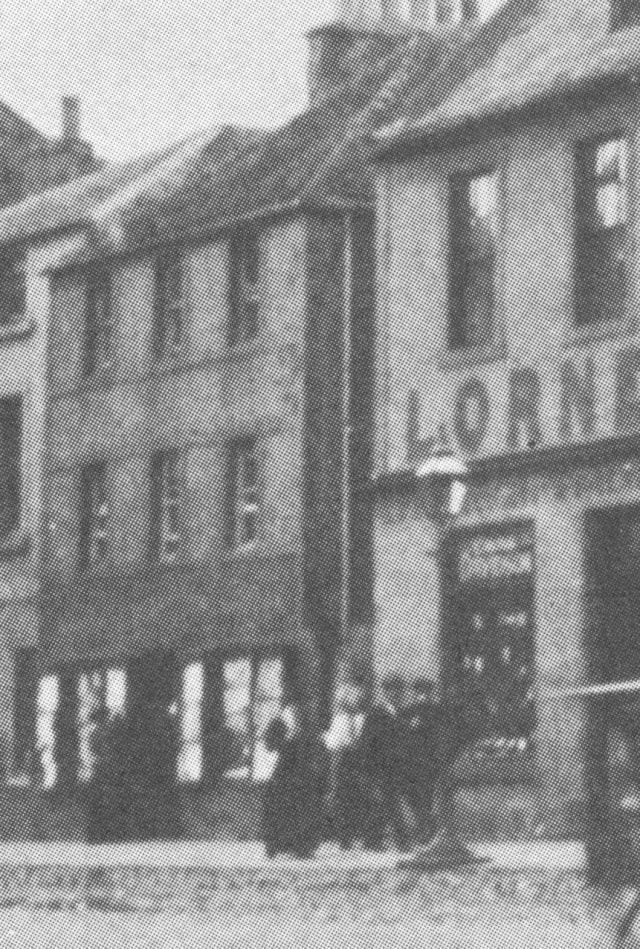
The New-Built House (cropped from https://commons.wikimedia.org/wiki/File:John_Muir_birthplace.jpg)
Joseph Hogg was a councillor and bailie of Dunbar and he played the same role in the house as Daniel Muir did in later years – he was the named tenant who sublet the apartments on the upper floor and rendered the rent due from the whole to the owners. His own residence was elsewhere but he may have run his business from the ground floor. He was a tobacconist, another person with a strong interest in the ‘free trade’ endemic at the time!
The Wightmans
Meanwhile, it’s time to consider Ann Delisle and the Wightmans. Charles Stewart Wightman and William Wightman were the oldest sons of Charles Wightman of Anstruther. The older Charles was one of history’s characters – bon vivant, clubbable, an ardent Jacobite, and wealthy. From the Castle of Dreel in Anstruther he combined business as a merchant with duties as factor to the estate of the earls of Kellie. But everyone, not least the Excise, about the Firth of Forth knew him to be a great supporter of ‘free trade’ (another one!). In short, he was a significant clandestine receiver of the untaxed goods brought to the Forth in the ships of the major smugglers – most certainly including our old friends, the Fall brothers and their heirs in Dunbar. His first son seems to have been a chip off the old block and was also a reputed smuggler, and that was probably why he relocated to Eyemouth. But the younger Charles’ main interest lay in the Caribbean where the family had invested much of their profits. That story takes us too far from Dunbar, so lets get back to Ann and William Wightman.
Dr William seems to have ‘minded the shop’ for his brother as well as practising medicine in Eyemouth. From Eyemouth also, Ann & William could keep a close eye on doings in Dunbar. And also keep a close eye on their perceived rights, as Ann did when she challenged her nephews’ and nieces’ inheritance. Ann and William had three children at Eyemouth during the 1780s:
Philip Delisle Wightman in 1785, named after Ann’s father (and brother)
Isabel Wightman in 1786, named after William’s mother
Charles Wightman in 1788, named after William’s father (and brother)
Surviving correspondence shows William at work in Eyemouth through to 1788, but then there is a gap until 1806 when his address is Dunbar. We must assume that when Ann inherited the house in Dunbar in 1792 that they relocated; whether the four children left by Philip in Mary’s care were still there is a moot point but is likely that they were. Very likely they were now Ann and William’s responsibility. We lose track of Philip and Isobel Wightman, but young Charles continues the story.
After completing his education (probably) at Dunbar Grammar School, Charles went up to Edinburgh University in 1810 to study medicine (following in his father’s footsteps: William Wightman was there in 1769-70). Not long after he graduated, first his father William (September 1816) and then his mother Ann (April 1817) died. Both houses now belonged to young Doctor Charles Wightman: his father’s will confirms Charles as the only child ‘now in life’. He also got £1000 as soon as his father died and a subsequent £3000 was earmarked for him when his trustees had sorted the estate. A not insignificant sum in 1816!
What of the houses? All four of Charles’ cousins had left Dunbar (or died; see last blog). He himself began his medical practice in Alnwick, Northumberland. Independently wealthy, Charles hardly needed the rents from the properties but from this time both were leased: the new house to a succession of local tenants; the big house to more wealthy ‘residenters’ – people of independent means. The garden was leased separately to James and John Nisbet who worked it as a commercial market garden.
Next – Muir Houses Through Time – Part 6 The Absentee Landlord


